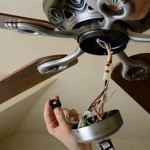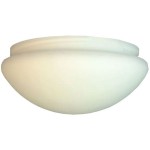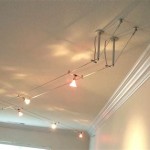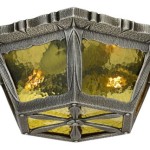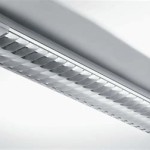Light Cover Ceiling Tiles: A Deeper Dive into Their Essential Aspects
Light cover ceiling tiles are an innovative and versatile addition to any commercial or residential space. They offer a range of benefits, from improved lighting distribution to enhanced sound absorption. However, understanding the essential aspects of light cover ceiling tiles is crucial to make informed decisions and achieve the desired results. This comprehensive guide delves into the details of light cover ceiling tiles, empowering you to make optimal choices for your specific requirements.
Understanding Light Transmission and Diffusion
One of the primary functions of light cover ceiling tiles is to transmit and diffuse light. These tiles feature translucent or semi-transparent properties that allow light to pass through them. The level of light transmission depends on the material and construction of the tiles. Tiles with higher light transmission values allow more light to penetrate, creating brighter and more evenly lit spaces. On the other hand, tiles with lower light transmission values provide more privacy and create a more subdued ambiance.
Diffusion refers to the scattering of light as it passes through the tiles. This process helps reduce glare and shadows, creating a more comfortable and visually pleasing environment. The degree of diffusion is influenced by the material's surface texture and thickness. Tiles with a rougher surface or higher thickness tend to diffuse light more effectively, minimizing harsh contrasts and ensuring a well-balanced lighting distribution.
Materials and Construction
Light cover ceiling tiles are typically made from various materials, including acrylic, polycarbonate, and PET (polyethylene terephthalate). Each material offers unique properties that cater to specific applications.
- Acrylic: Acrylic tiles are known for their exceptional clarity and high light transmission. They provide excellent illumination and create a bright and airy atmosphere.
- Polycarbonate: Polycarbonate tiles are highly durable and shatter-resistant. They are an ideal choice for areas with high traffic or potential impact, such as commercial buildings and public spaces.
- PET: PET tiles are lightweight and economical. They offer a balance between light transmission and durability, making them suitable for a wide range of applications.
The construction of light cover ceiling tiles also plays a significant role. Tiles with a honeycomb or grid structure provide added strength and stability. They are less prone to warping or sagging, ensuring a long-lasting and reliable performance.
Sound Absorption and Acoustical Properties
In addition to light transmission, light cover ceiling tiles can contribute to improved acoustics. Some tiles incorporate sound-absorbing materials, such as fiberglass or mineral wool, which help reduce noise levels and enhance speech intelligibility. This is particularly beneficial in noisy environments, such as offices, classrooms, and auditoriums.
Acoustical performance is measured by the Noise Reduction Coefficient (NRC) rating. Tiles with a higher NRC value absorb more sound, providing greater acoustical comfort and minimizing distractions.
Fire Resistance and Safety
Fire safety is a critical consideration when choosing ceiling tiles. Light cover ceiling tiles are available with different fire resistance ratings, as determined by industry standards. Tiles with a higher fire resistance rating are more effective at containing flames and preventing the spread of fire.
It is essential to select tiles that meet the specific fire safety requirements of the intended application. For example, areas with high fire risk may require tiles with a Class A fire resistance rating, which indicates the highest level of fire protection.
Design and Aesthetics
Light cover ceiling tiles are available in a variety of designs and finishes, allowing them to complement any décor style. They can be translucent, semi-transparent, or opaque, and come in a range of colors and textures. This versatility makes it easy to find tiles that match the desired aesthetic, whether it is modern, traditional, or somewhere in between.
Additionally, light cover ceiling tiles can be used to create interesting visual effects. For instance, tiles with geometric patterns or 3D textures can add depth and dimension to a space. They can also be combined with other ceiling tiles, such as metal or fabric, to create a unique and eye-catching ceiling design.

10 Drop Ceiling Ideas To Dress Up Any Room Bob Vila

Lighting Ceilume

High Quality Light Covers Sky Ceiling Panels Led And Fluorescents

5154 Sky Trees Ceiling Tile Ceilingscenes

Prismatic Light Panel For Ceiling Heavy Duty Clear 0 125 Thick

Ceiling Cover Guide Lowe S

Cloud Drop Ceiling Tile Sound Acoustic Solutions

Optix 24 In X 3 44 Sq Ft Prism Ceiling Light Panels The Department At Com

Black Acoustic Ceiling Tile Sound Solutions

Mono Serra Wall Design 2 Ft X Encore Suspended Grid Panel Ceiling Tile 32 Sq Case Pantb42pb The Home Depot

